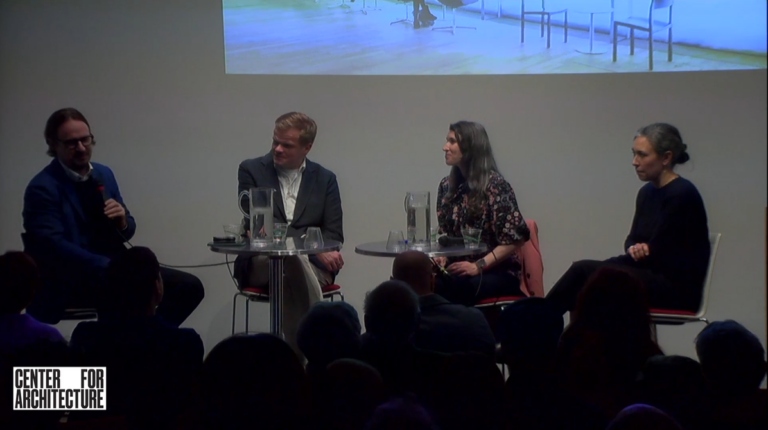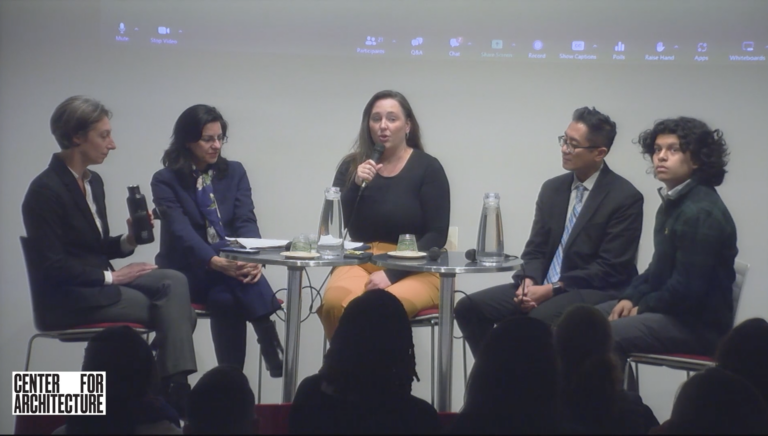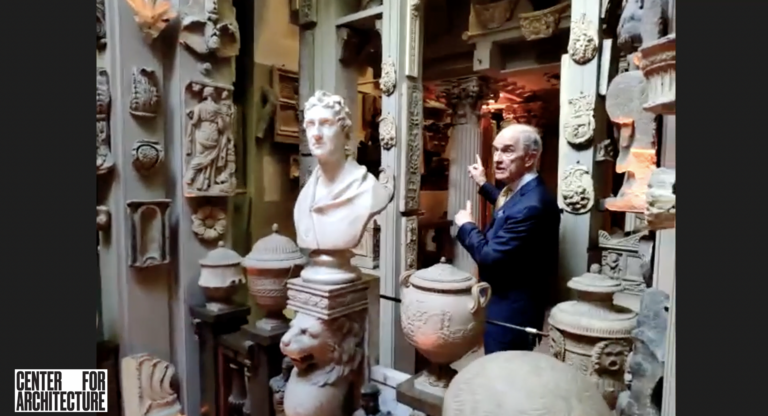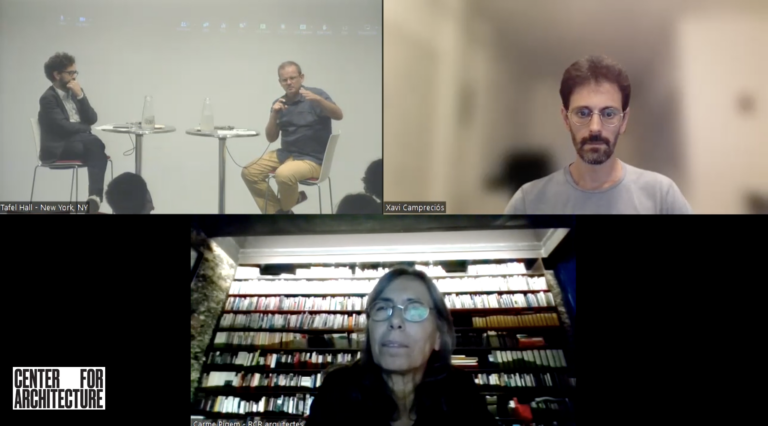If art is freedom, then incarceration is its opposite. When freedom is deprived by the power of the state, due to arrest for probable cause or after the imposition of a sentence, art can play an essential role in healing the harm caused by the trauma of loss of freedom and can help to provide the sense of hope so important to successful return to society.
This panel will explore the role of art in places of confinement, where the deprivation of freedom places a heavy burden on the human spirit. It shows the essential role of art in supporting positive behavior, healing of trauma, and nurturing a sense of hope. If art is an important feature of human existence, then when freedom and agency to live as one chooses are removed, art becomes even more essential.
Art can play many roles in a jail, from community-facing public art that communicates the civic role of the institution, to interior works that provide a sense of relief from the harsh and utilitarian environments typical of jails and prisons. Public art can communicate the civic role of these buildings in addressing one of the most serious responsibilities of government, that of responding to deviations from social norms so serious that they require deprivation of a person’s freedom and confinement. Art can communicate both the power of the justice institutions, but also compassion for the people whose lives are touched by involvement with the system, not only by the person incarcerated, but by the families who come to visit, the volunteers and service providers whose work is dedicated to healing and mitigation of harm, and by the staff who operate the facility, expressing respect for the human dignity of all who enter or pass by.
Kendal Henry, Director of the NYC Cultural Affairs Percent for Art program, will discuss the traditions of public art in New York’s public buildings, justice facilities, and in its jails. Also on the panel is Stephen T. Johnson, a public artist whose work in public spaces includes work in institutional and civic buildings and public spaces, and Angie Ayrault, who works with persons who are incarcerated under the auspices of healthcare services delivery.
Organized by
AIANY Architecture for Justice Committee
Kendal Henry, Director of Percent for Art, NYC Department of Cultural Affairs
Stephen T. Johnson, Public Artist, Children’s Book Author, and Illustrator
Angie Ayrault, LMSW, PhDc, Artist, Social Worker, and Advocate; Program Director of Behavioral Health Compliance, University of Kansas School of Medicine
Frank J. Greene, FAIA, Director, Greene Justice Architecture



